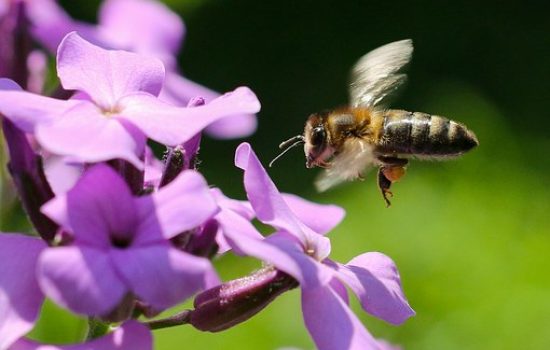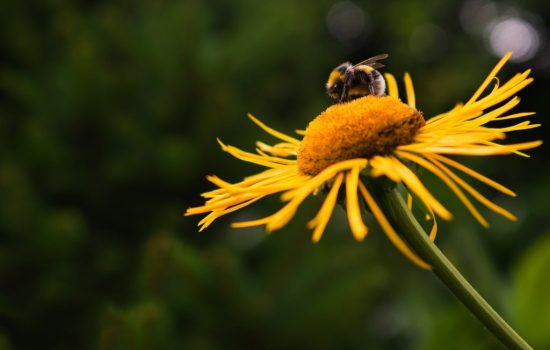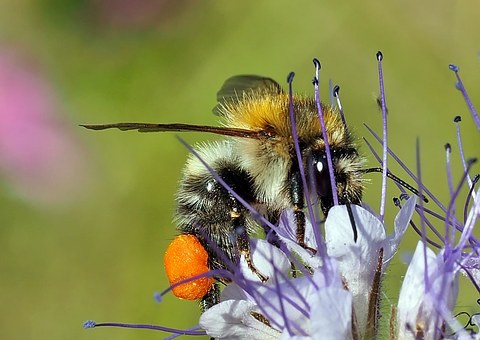HONEY BEE
A honey bee is a eusocial, flying insect within the genus Apis of the bee clade. They are known for construction of perennial, colonial nests from wax, for the large size of their colonies, and for their surplus production and storage of honey, distinguishing their hives as a prized foraging target of many animals, including honey badgers, bears and human hunter-gatherers. In the early 21st century, only seven species of honey bee are recognized, with a total of 44 subspecies, though historically seven to eleven species are recognized.
The Best Known Honey bee
Beekeeping is very important for the environment, as well as our well-being.The Western honey bee is the best known honey bee, because they has been domesticated for honey production and crop pollination.Bee pollination is important for commercially and ecologically. Because of increasing human population, the demand for agricultural products is on the rise. Modern humans also value the wax for candle making and other crafts.As a result, the decline in wild bees increased the value of pollination. Honey bees represent only a small fraction of the roughly 20,000 known species of bees.The study of bees, which includes the study of honey bees, is known as Melittology.


Harmless / Stingless Honey bees
Some types of bees produce and store honey and have been kept by humans for that purpose, including the stingless honey bees, but only the members of the genus Apis are true honey bees. The Stingless bees are active all year round, although they are less active in cooler weather.Unlike other a social bees, they do not sting but will defend by biting if their nest is disturbed. Despite being unable to sting, stingless bees may have very large colonies made formidable by way of numerous defenders. The Stingless bees usually nest in hollow trunks, tree branches, or rock crevices but they have also been encountered in wall cavities, old rubbish bins, water meters and storage drums.The beekeeper keeps the bees in their original log hive or transfer them to a wooden box, as this makes it easier to control the hive.
Odorant Receptors (Communication / Smell)
The bees communicate with odorant receptors. Their strong sense of smell enables them to recognise the flowers they looking for food. Their sense of smell is so strong and serious that each one of the bees has 170 odorant receptors. The Pheromones play a role in the defense of the hive as well.When a worker honey bee stings, it produces a pheromone that alerts her fellow workers to the threat. That’s why a careless intruder may suffer numerous stings if a honey bee colony is disturbed.In addition to the waggle dance, honey bees use odor cues from food sources to transmit information to other bees. After performing the waggle dance, the scout bees may share some of the foraged food with the following workers, to communicate the quality of the food supply available at the location.

